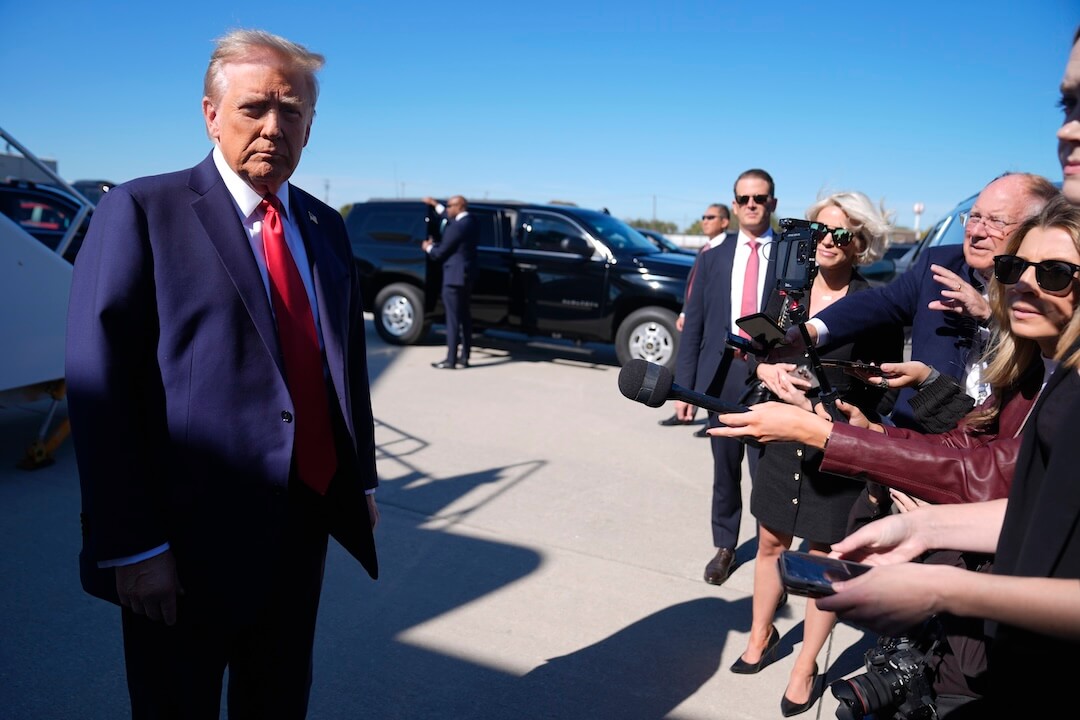
- In this Saturday, April 5, 2014 file photo, roses lay in front of a picture of the Associated Press photographer Anja Niedringhaus, 48, who was killed April 4, 2014 in Afghanistan, in Paris. Fellow officers say the Afghan police commander who killed Niedringhaus and wounded reporter Kathy Gannon seemed a calm, pious man who may have come under the influence of Islamic fundamentalists calling for vengeance against foreigners over drone strikes. (AP Photo/Michel Euler, File)
Associated Press
The Associated Press will livestream the funeral of photojournalist Anja Niedringhaus on Saturday. The service will take place near Hoexter, Germany, where she was born.
President and CEO Gary Pruitt, Senior Vice President and Executive Editor Kathleen Carroll and Vice President and Director of Photography Santiago Lyon are among those attending from the AP. Carroll and Lyon are scheduled to offer remarks.
A livestream of the service will be available on AP.org starting at 5 a.m. ET / 0900 GMT. At the request of Niedringhaus’ family, AP will cover and distribute both video and photos for pool, with no restriction. Satellite coordinates and contact information have been made available to AP customers in a media advisory.
Niedringhaus was shot and killed Friday, April 4, in the Khost Province of Afghanistan while covering election preparations. AP reporter Kathy Gannon was shot and the AP reports that she’s being treated in Frankfurt, Germany.
Since Niedringhaus’ death, her life and images have been remembered by journalists.
-

- In this April 7, 2003 file photo, Iraqi men wave from a truck as they leave the center of Basra, Iraq. (AP Photo/Anja Niedringhaus, File)
On April 5, David Guttenfelder, chief photographer of Asia for the Associated Press, spoke about working with Niedringhaus with National Geographic.
Over the years I’ve worked with her in many places. Mainly Iraq and Afghanistan over the last decade or more since those wars began. Anja and I were two of the photographers responsible for the building of AP’s Iraqi photo staff. She not only photographed the war herself, including the battle of Fallujah, but she mentored the entire Iraqi team. And she did it in her own huge-hearted, tough-love way. The Pulitzer Prize that AP won that year included her photographs and the pictures by all of the Iraqi guys.
I honestly don’t think that the AP could have covered that war without her influence. Our entire staff was raised in her image. I’m sure that even now, when they go out the door with their cameras they ask themselves “What would Anja do?” I think maybe every AP photographer has asked themselves that at one point.
-

- Afghan girls are dressed up as they run to a playground to celebrate the Eid al-Fitr festival, in Kabul, Afghanistan, Sunday, Sept. 20, 2009. Eid al-Fitr festival marks the end of the Muslim fasting month of Ramadan. (AP Photo/Anja Niedringhaus)
Christoph Reuter wrote about her on April 7 for Spiegel Online.
As war correspondents, our paths crossed repeatedly: first in Iraq, then in Kabul, Mazar-e-Sharif and Kunduz in Afghanistan and then later, randomly, at the Afghan Embassy in Berlin, where we were both applying for journalist visas. There was a lot to talk about and stories to tell, many of them sad or strange. Like that of the detained donkeys, clueless NATO officers or the time unwitting British diplomats invited a man known for espousing the virtues of pedophilia to cocktail reception. We laughed so hard that we were asked to leave the embassy. We returned later, quietly and repentantly, and were granted our visas.
-

- Iraqi boys play soccer with an US Army soldier with the 2nd Battalion, 319th Airborne Field Artillery Regiment on patrol in the Azamiyah neighborhood in north Baghdad, Iraq, Wednesday, Feb. 13, 2008. (AP Photo/Anja Niedringhaus)
On April 4, Aryn Baker spoke with photojournalist Moises Saman and journalist Nahal Toosi about Niedringhaus for Time.
Even though Niedringhaus made her name as a combat photographer, she didn’t really fit the stereotype, says Saman. “When you say ‘war photographer’ the first image that comes to mind is someone crazy for the bang bang. Not Anja. She was an artist. She used her sensitivity and sense of understanding to access the human side of war.” And she never let the darkness of her work turn her bitter and cynical, sometimes a hazard of the occupation. “She was just so hungry for adventure, and I was struck by her directness and her utter fearlessness,” says former Islamabad correspondent for the AP Nahal Toosi, now deputy political editor at Politico. “I thought, ‘Wow, I could follow this woman into battle!’” Many did, and benefitted from the experience.






